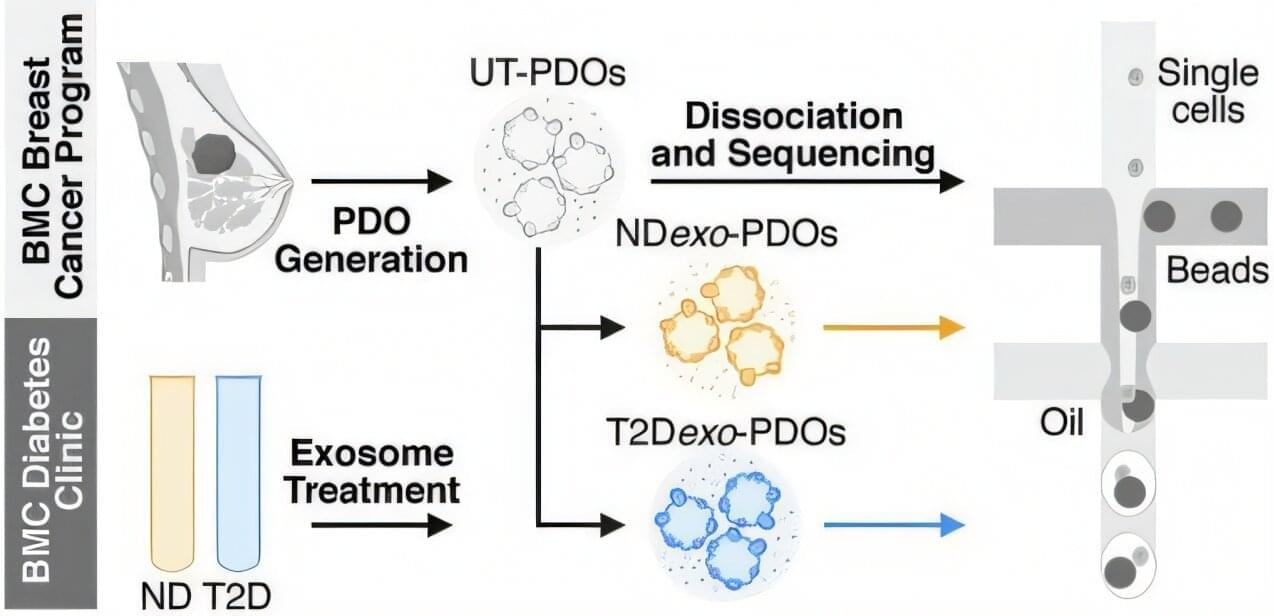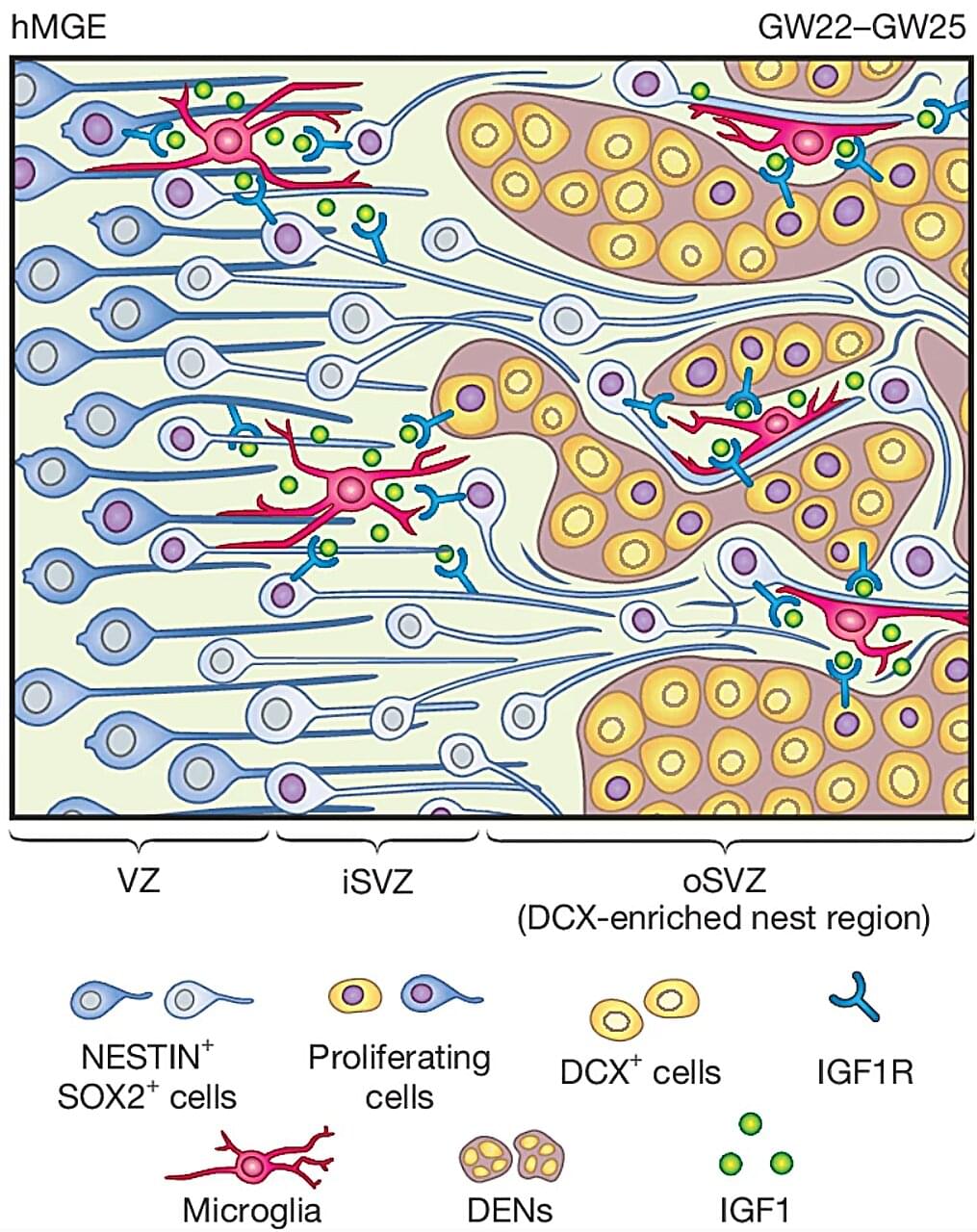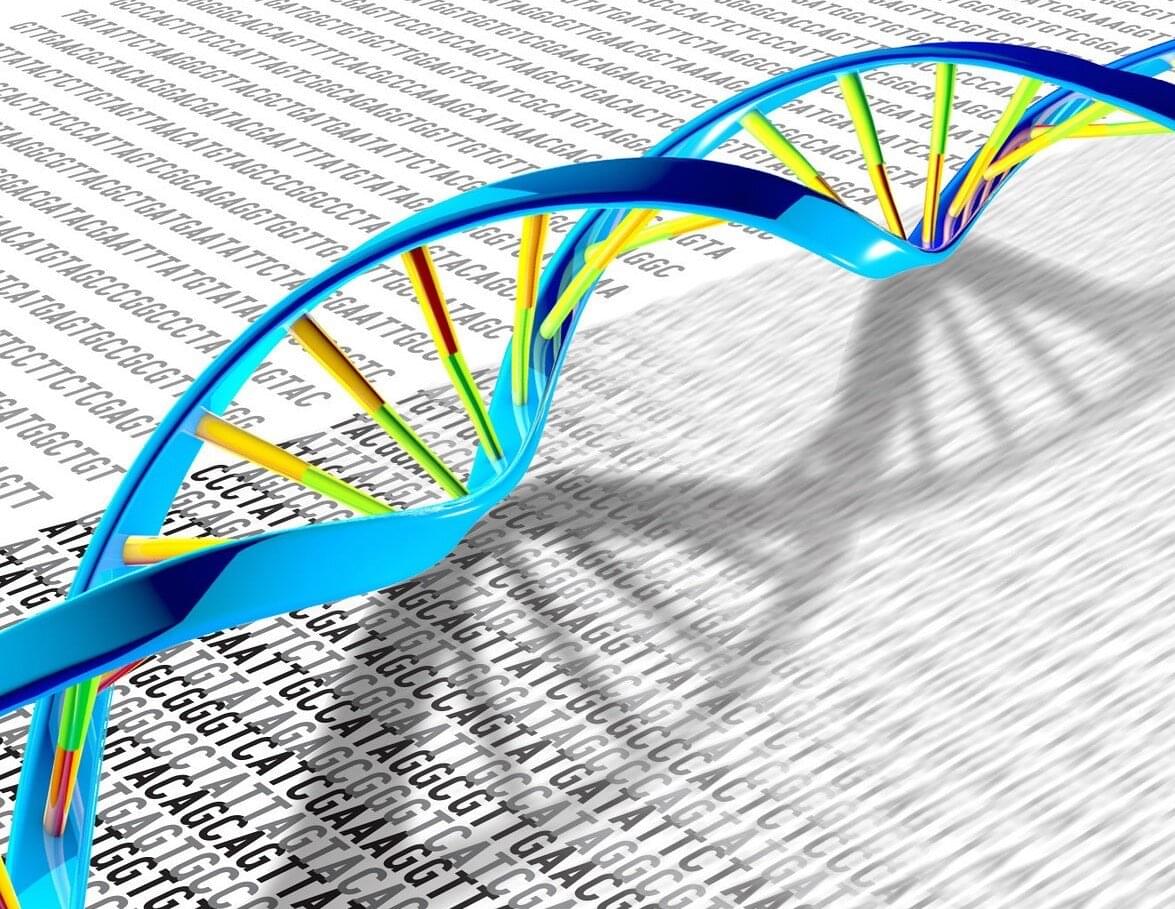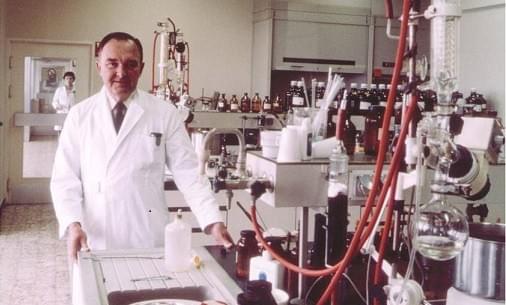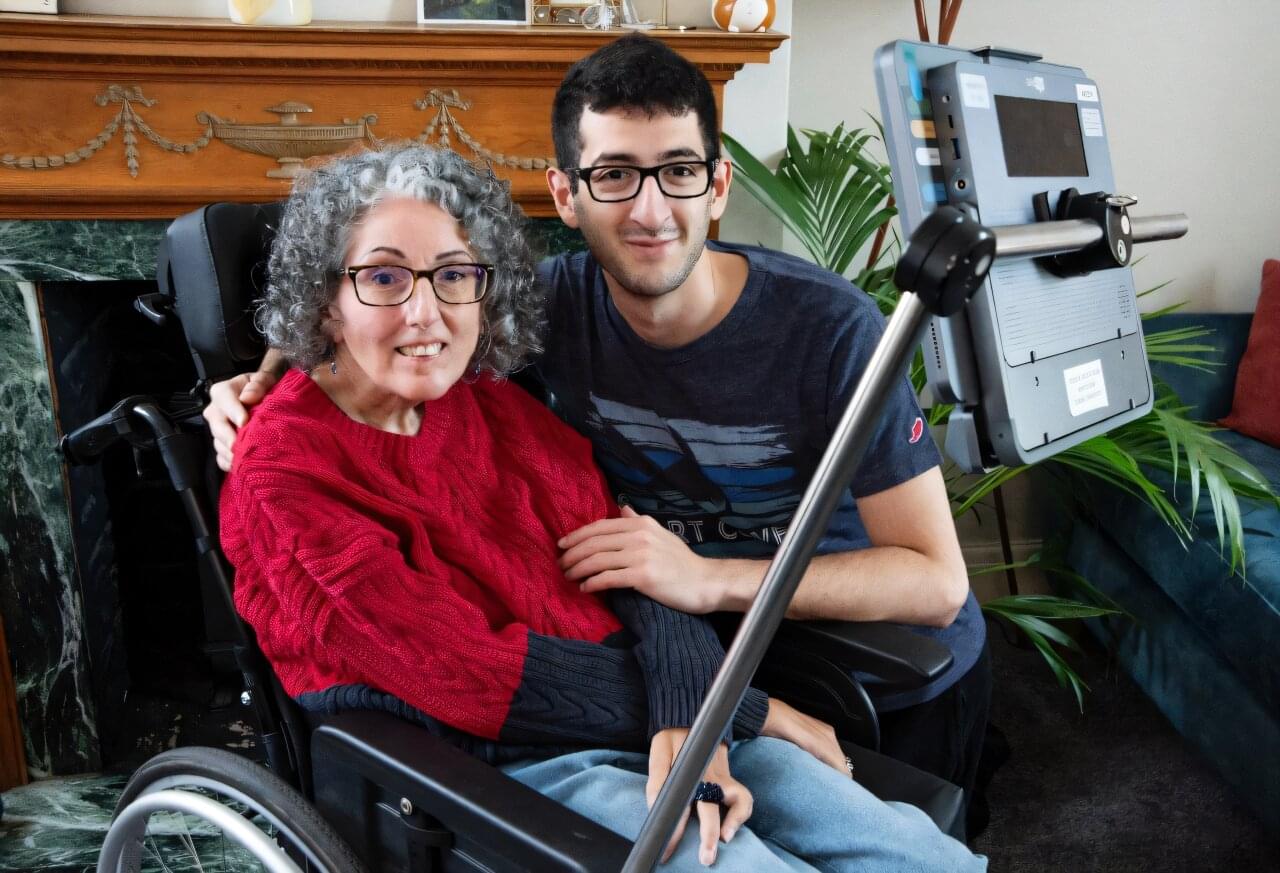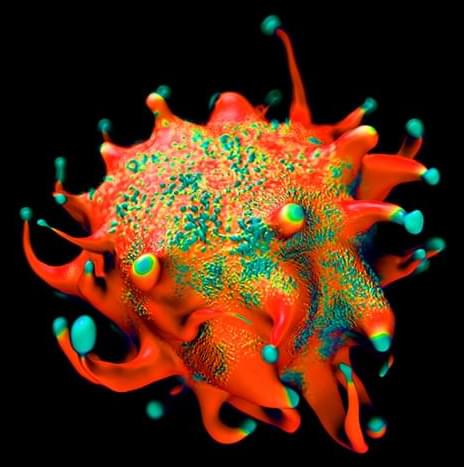DNA aptamers are powerful molecular tools in biosensing, bioimaging and therapeutics. However, a limited understanding of their tertiary structures and binding mechanisms hinders their further optimizations and applications.
Adenosine triphosphate (ATP), a central metabolite in cellular energy metabolism, is a key target for aptamer development. A DNA aptamer 1301b has recently been reported to bind to one molecule of ATP with a dissociation constant (KD) of ~2.5 µM. However, the structural basis for ATP recognition by 1301b remains unclear, lacking guiding principles for rational optimization.
In a study published in PNAS, a team led by Prof. Tan Weihong, Prof. Han Da, and Prof. Guo Pei from the Hangzhou Institute of Medicine (HIM) of the Chinese Academy of Sciences determined the tertiary structure of a DNA aptamer-ATP 1:1 binding complex, revealed the recognition mechanism, and engineered an optimized DNA aptamer with a submicromolar KD for ATP binding, which exhibited the highest affinity reported for ATP-binding DNA aptamers to date.
